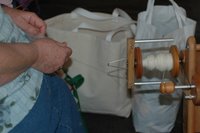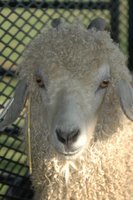[Transcribed from notebook. Specific date was not recorded.]
We moved into our new house about six weeks ago, the last Thursday in May. This will be my fourth garden in New York City since I moved here 26 years ago, in the Winter of 1979.
House and garden have both been neglected. Both are in need of maintenance, repair, and loving back to their full flower. Both will need work, time, patience, investment. I can envision the trajectories and futures of both.
Particularly, I can imagine bringing the house and garden(s) back together. Each want the other, each need the other. In time, the house will become part of the gardens, grwing out of them, sheltering them, providing the largest bones in the architecture of the garden.
And the house will change to fit and frame the gardens. The siding will be returned to its original design of clapboard and shingle, though how many years and $10K it will take I shudder to comprehend. In longer time, the back will be returned, I believe, to an open porch, the kitchen expanded and opened up to blur the boundary between indoor and outdoor space, between house and garden, between the manufactured and the spontaneous.
Vines will climb up the sides of the screened porches, screening and sheltering them further, filling the porches with fragrance, filtered light, luminous color. Mature shrubs will shade the south side of the house in summer, and draw birds to their berries and hold the snow in winter. Flowers and foliage will spill from window boxes and containers ankling the paths, forcing one to stop to inspect, to smell, to feel, to slow down.
I can see all this as it will be, as it’s coming to be.














